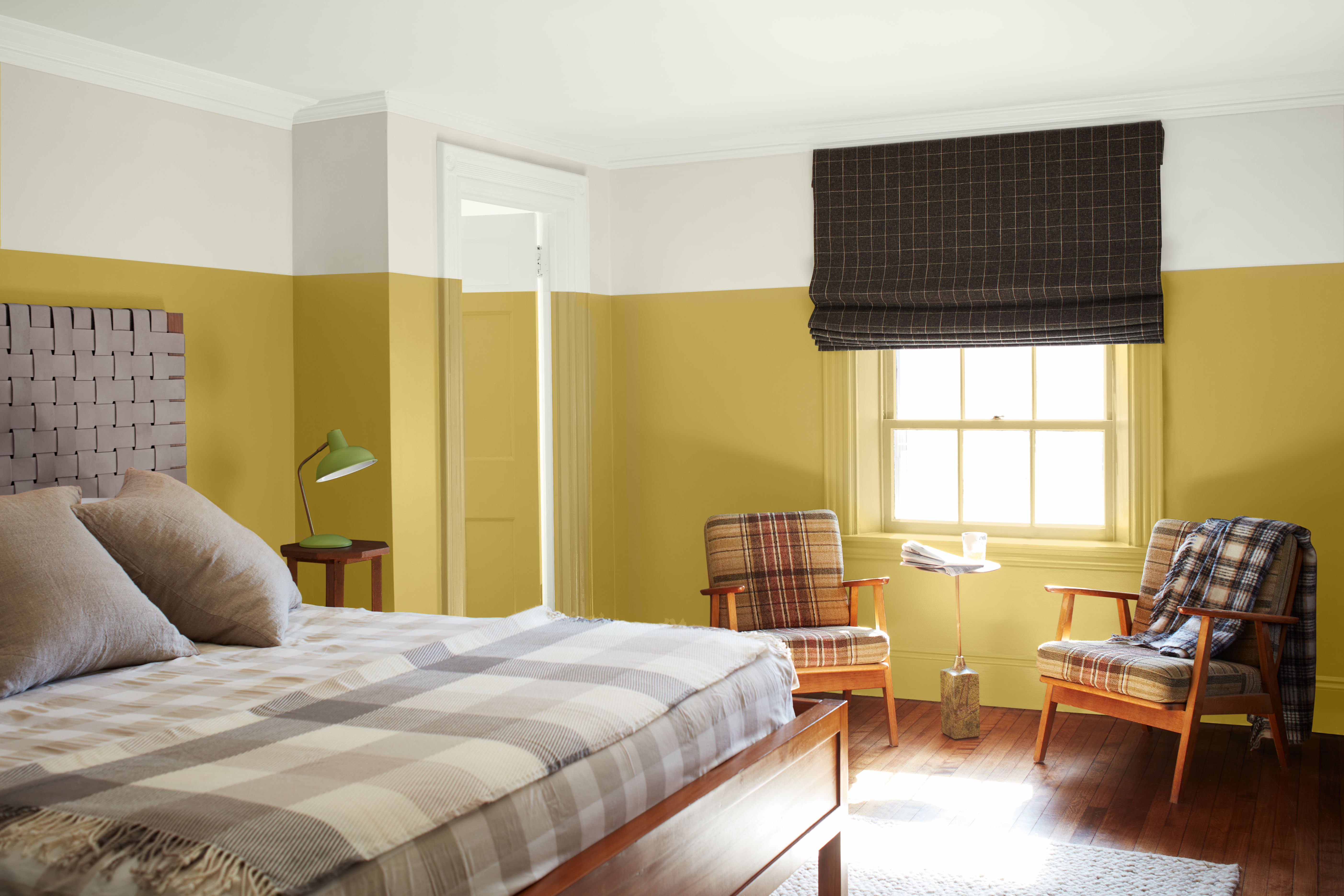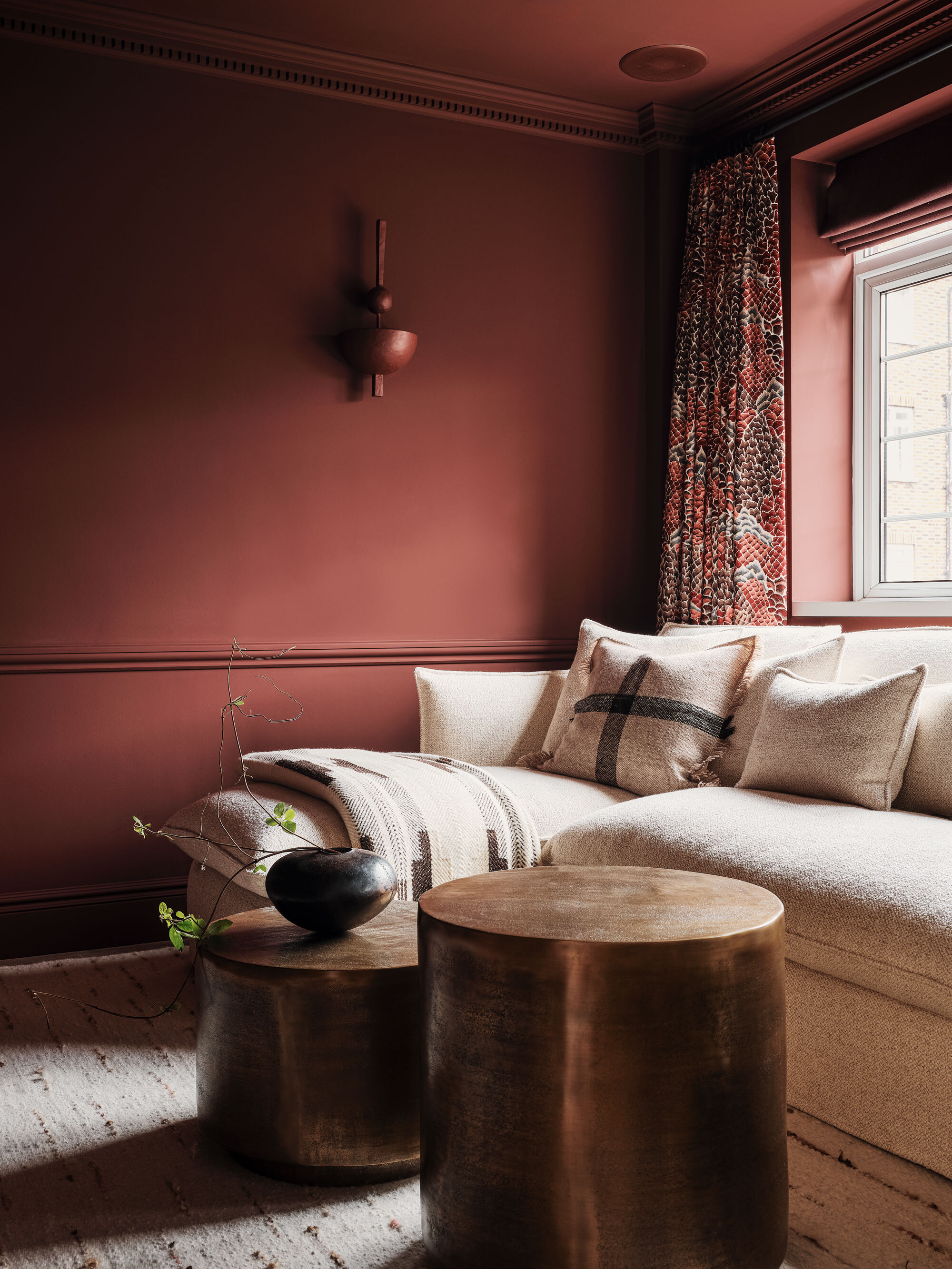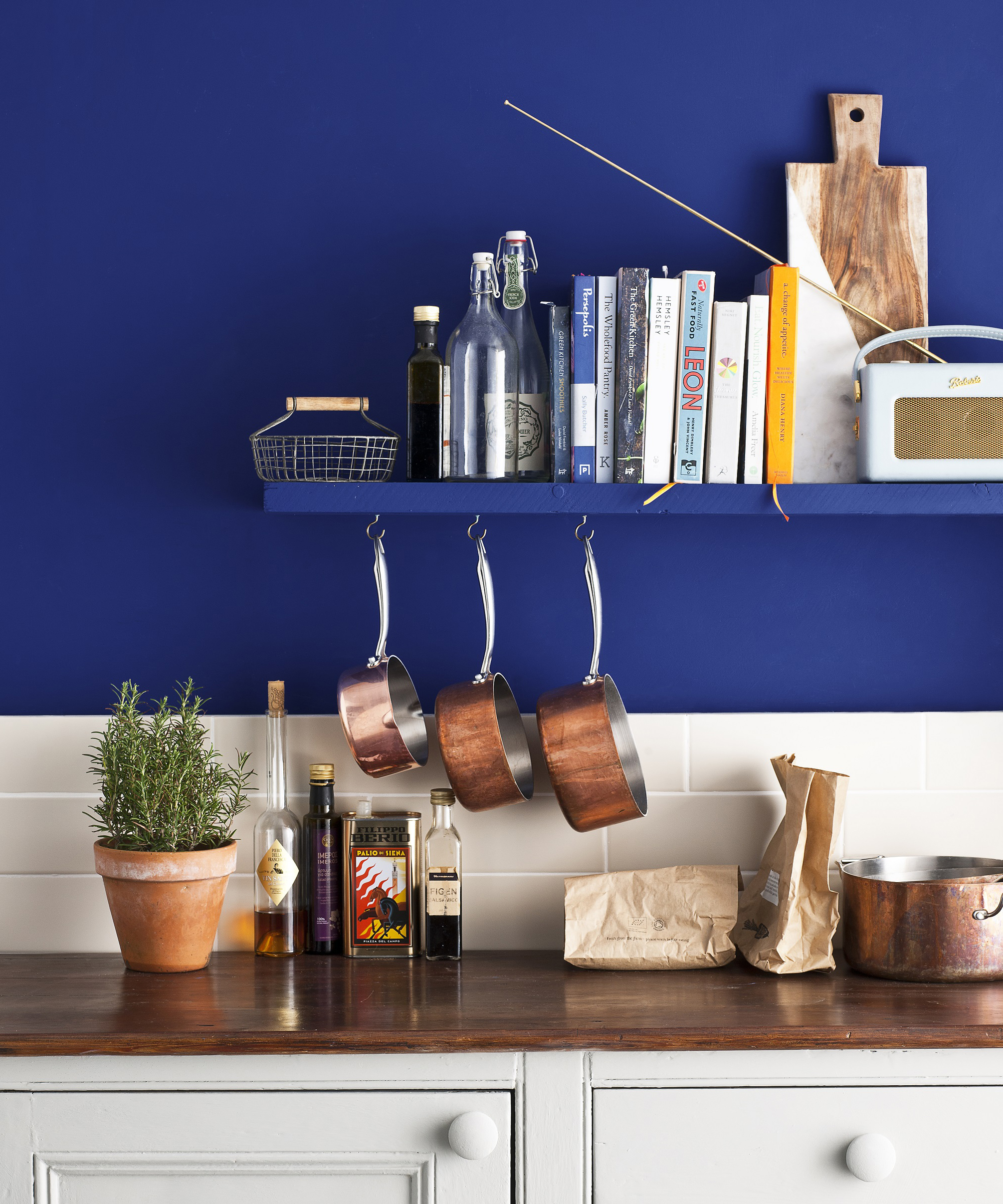What Colors Don't Go With White? 4 "Jarring" Pairings Experts Warn to Avoid (And What to Use Instead)
White color pairings might appear to be a winning combination every time, but there are some surprising exceptions you should know about


White appears to be the easy decorating option around the home. As well as possessing space-stretching qualities, the color white is commonly thought to be the choice that goes with any other color in the rainbow.
And it is true that there are many colors that go with white. These number of hues team with the neutral to make beautiful pairings that bring out the best in both colors. But it’s also a fact that some colors really don’t sit happily next to white, while others are not good partners to particular shades of white, making them also combinations best to be swerved.
The list of what colors don't go with white is — fortunately — not a long one, but it is worth knowing which colors are on it, so we’re sharing it below, along with advice from design experts, so you can be confident about your decor choices whenever white is one of the elements in your room. Here are the pairings to avoid, and a similar color to choose instead.
1. Light Pink

This is a color pairing when decorating with white where the tint of the color really matters, and it isn’t just a good rule to follow when you are considering light pink, but equally if light green and white are on your mind.
The reason light pink and white doesn’t work is the low saturation of pastels or, in other words, their mutedness. “A stark white next to these kinds of pastels can weaken them even more, causing them to look bland or lifeless,” explains Joyce Huston, a lead interior designer and co-founder at Decorilla.
Stronger versions of pink (or green) are the answer as shown in the room above, where using a more saturated pink against white millwork, cornice, and ceiling allows the color to have presence and gently warm the room, while the white accents provide a fresh contrast.
2. Bright Yellow

While white is one of the colors that go with yellow, it's yet another example of the nuance that matters when it comes to teaming a color and white. In this instance, you need to pay attention to both the shade of yellow and the undertone of the white.
The Livingetc newsletters are your inside source for what’s shaping interiors now - and what’s next. Discover trend forecasts, smart style ideas, and curated shopping inspiration that brings design to life. Subscribe today and stay ahead of the curve.
“Bright yellow doesn’t work with cool white due to the stark contrast, which can feel jarring and too bold,” explains interior designer Mike Brown, lead visual at Dania Furniture and Scandinavian Designs. "The brightness of yellow disrupts the calmness of cool white."
But there is a yellow and cool white combo you can opt for instead. “Try mustard or soft yellow, which provide a warmer, more balanced contrast,” says Mike.
There is also a further option: you could switch whites. A warm white paired with yellow is a winner if you want to optimize the coziness of a room.
3. Deep Burgundy

If you go dark and dramatic with color and — perhaps surprisingly — white might not look quite right alongside. “I tread carefully when pairing white with bolder, darker colors as this can sometimes look too heavy, as is often the case with deep burgundy or intense maroon,” says Joyce Huston.
There are a range of colors that go with burgundy but in place of white, you might want to opt for beige; as seen on the sofa in the cocooning living space above. Like white, beige will provide a light-reflective element but it avoids the stark contrast of white, leaving the room looking rich and warm in a deep jewel tone.
4. Primary Blue

Blue and white is, for the most part, a wonderful combination, and white features high on any list of the colors that go with blue. However, there is one blue and white pairing you should steer clear of.
“Overly bright primary blues can exaggerate the starkness of a pure, cool white, making a room feel chilly rather than crisp,” says designer Elissa Hall of RedAwning.
Take a lead from the room above instead. “Think about utilizing a beige or creamy ivory,” says Elissa. “These colors provide a light, neutral background like white but with extra warmth to offset the chill of main blue. Unlike sharp white, warm neutrals add subdued undertones that produce a harmonic and comfortable space, therefore preventing the room from seeming cold.”
While considered by many to go with all other colors, there are in fact some colors that don't go with white when decorating. But rather than avoid them all together, most often it's a case of finding a better suited temperature or tone of that color — be that lighter or darker — or changing the undertone of your shade of white.

Sarah is a freelance journalist and editor. Previously Executive Editor of Ideal Home, she’s specialized in interiors, property and gardens for over 25 years. She’s written for websites including Houzz, Channel 4’s flagship website, 4Homes, and Future’s T3; national newspapers including The Guardian; and brands including Future’s Homes & Gardens, Country Homes & Interiors, Homebuilding & Renovating, and Period Living, as well as House Beautiful, Good Homes, Grand Designs, Homes & Antiques, and The English Home among others. It’s no big surprise that she likes to put what she writes about into practice, and is a serial house renovator.